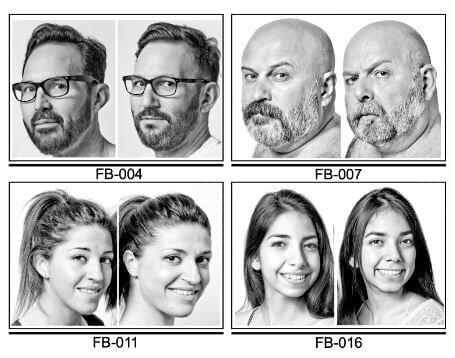A collection of photos of genetically unrelated look-alikes, along with DNA analysis, revealed that strong facial similarity is associated with shared genetic variants. The work appears August 23 in the journal Cell Reports.
“Our study provides a rare insight into human likeness by showing that people with extreme look-alike faces share common genotypes, whereas they are discordant at the epigenome and microbiome levels,” says senior author Manel Esteller of the Josep Carreras Leukemia Research Institute in Barcelona, Spain. “Genomics clusters them together, and the rest sets them apart.”
The number of people identified online as virtual twins or doubles who are genetically unrelated has increased due to the expansion of the World Wide Web and the possibility of exchanging pictures of humans across the planet. In the new study, Esteller and his team set out to characterize, on a molecular level, random human beings that objectively share facial features.
